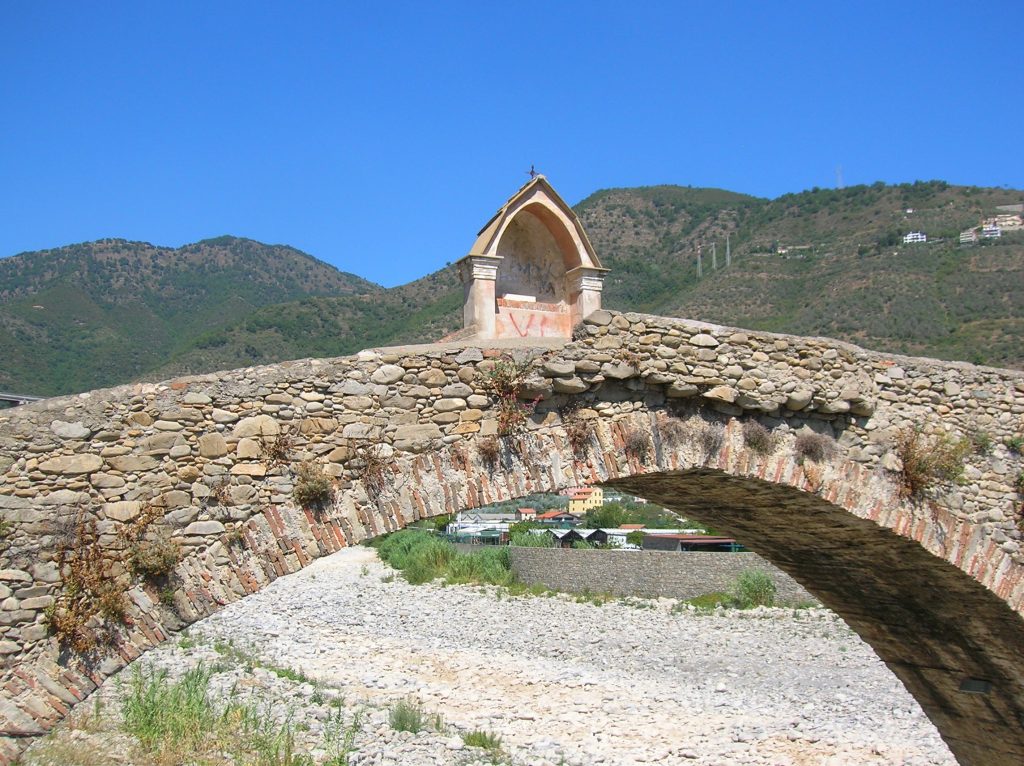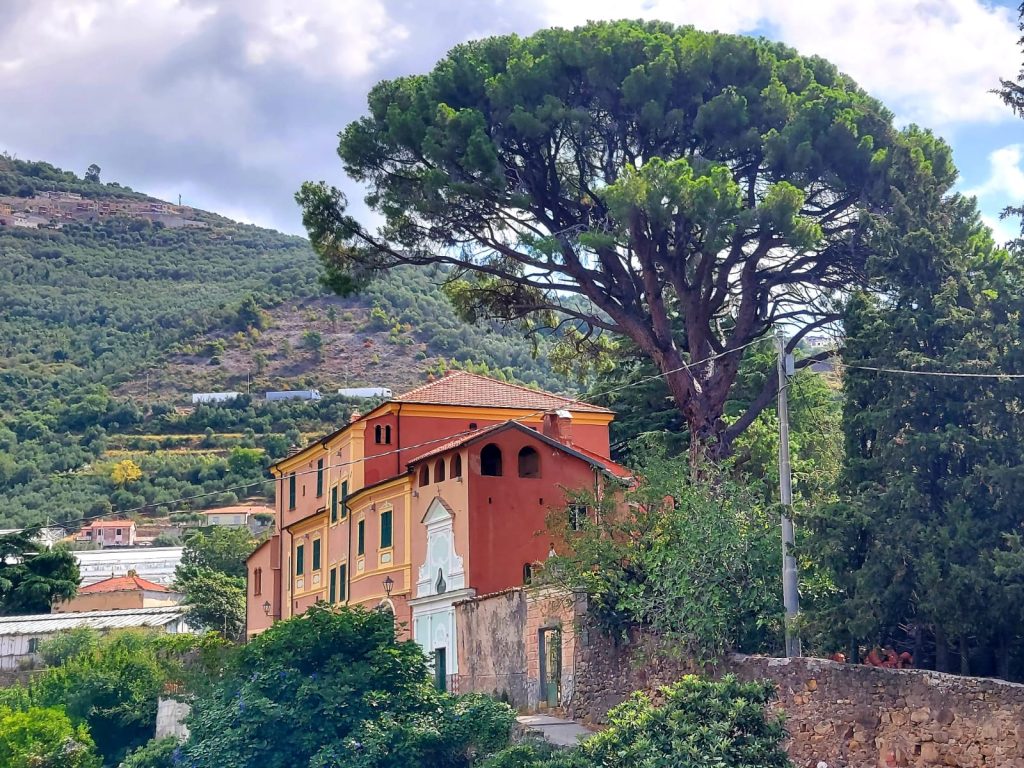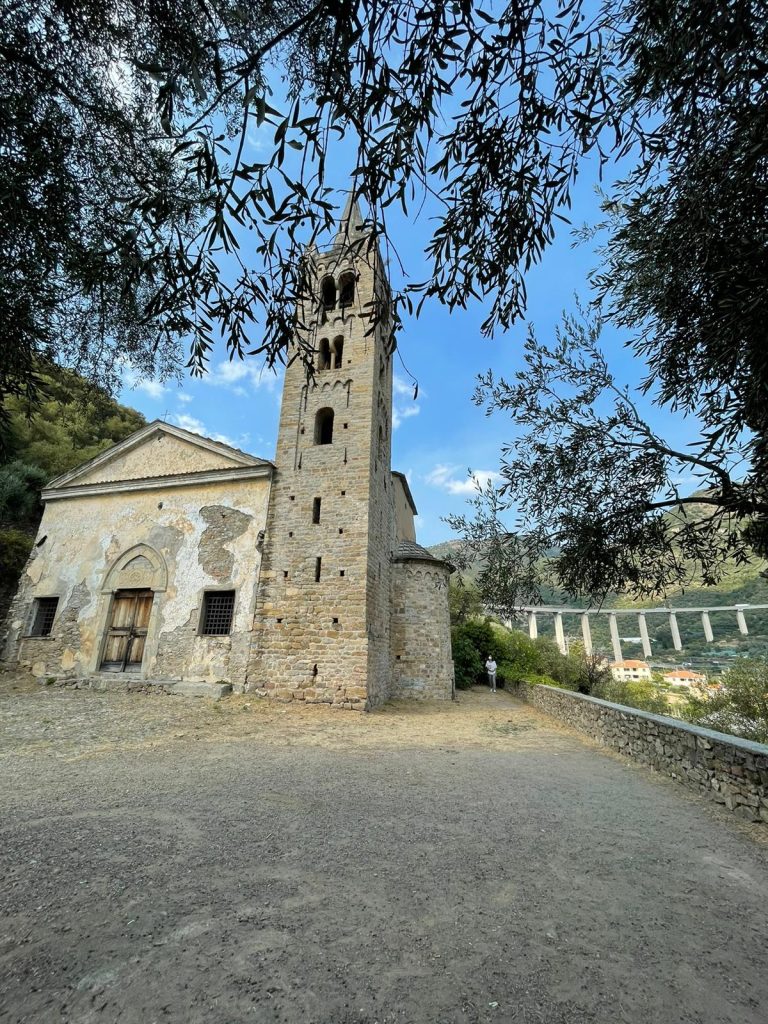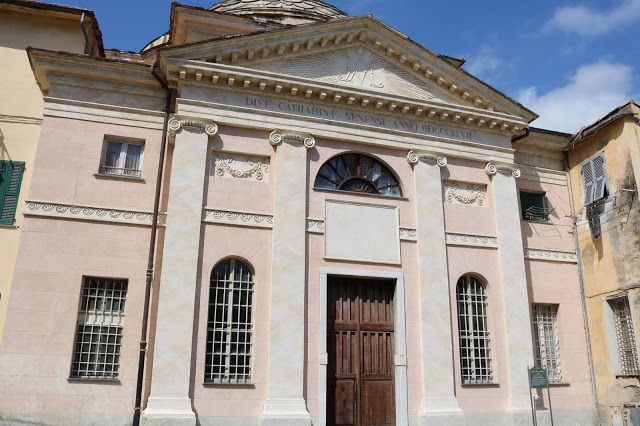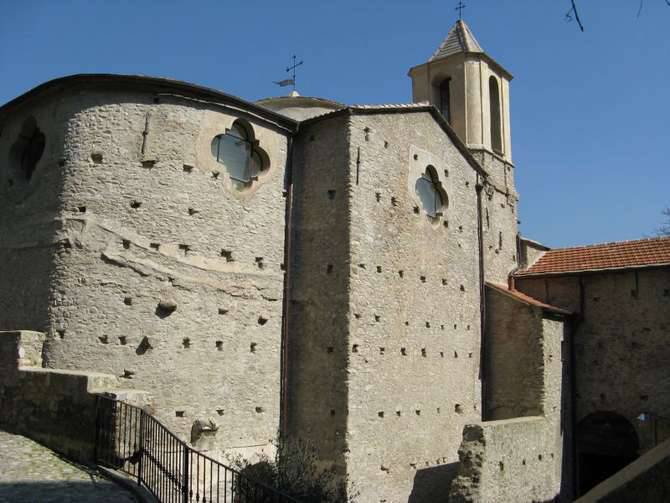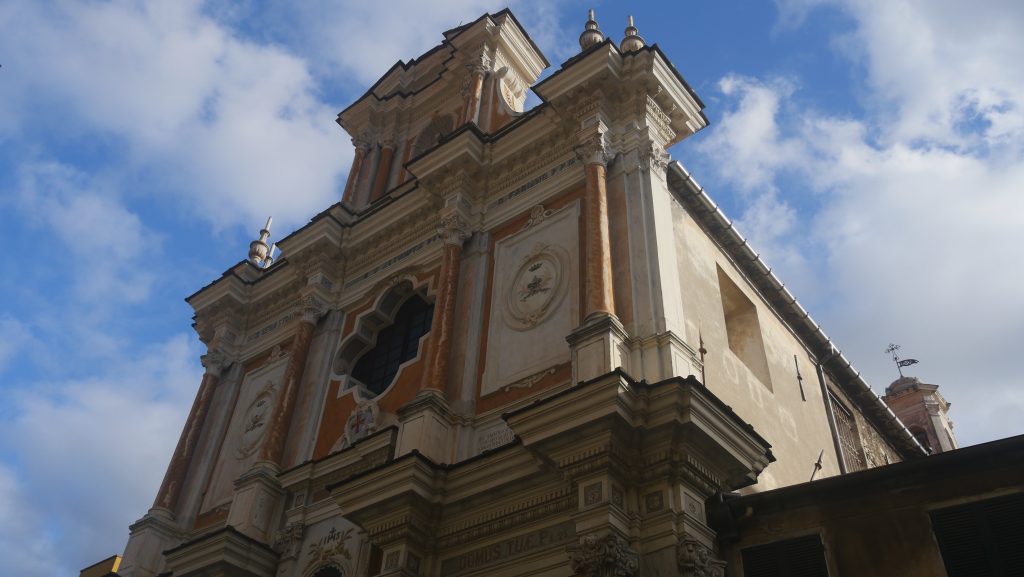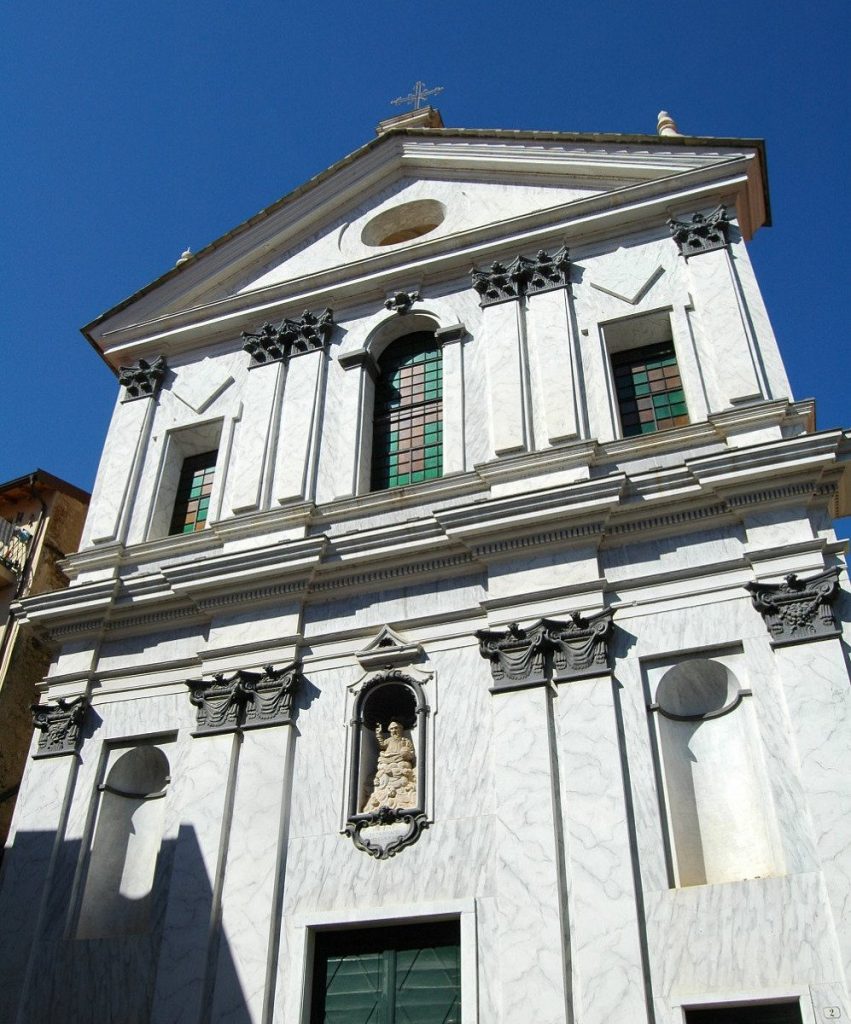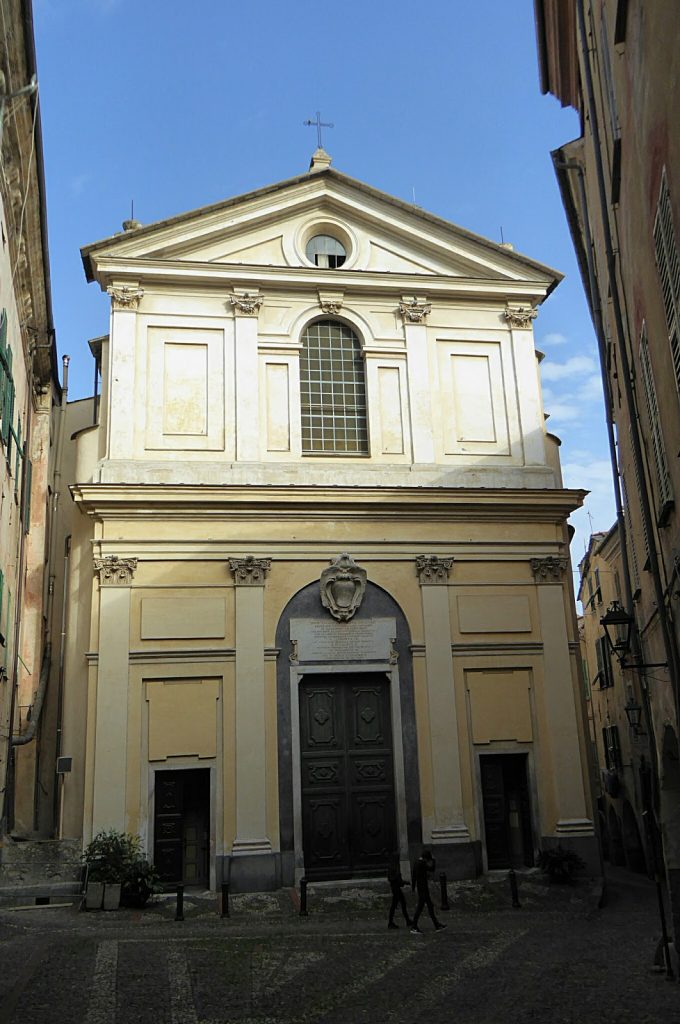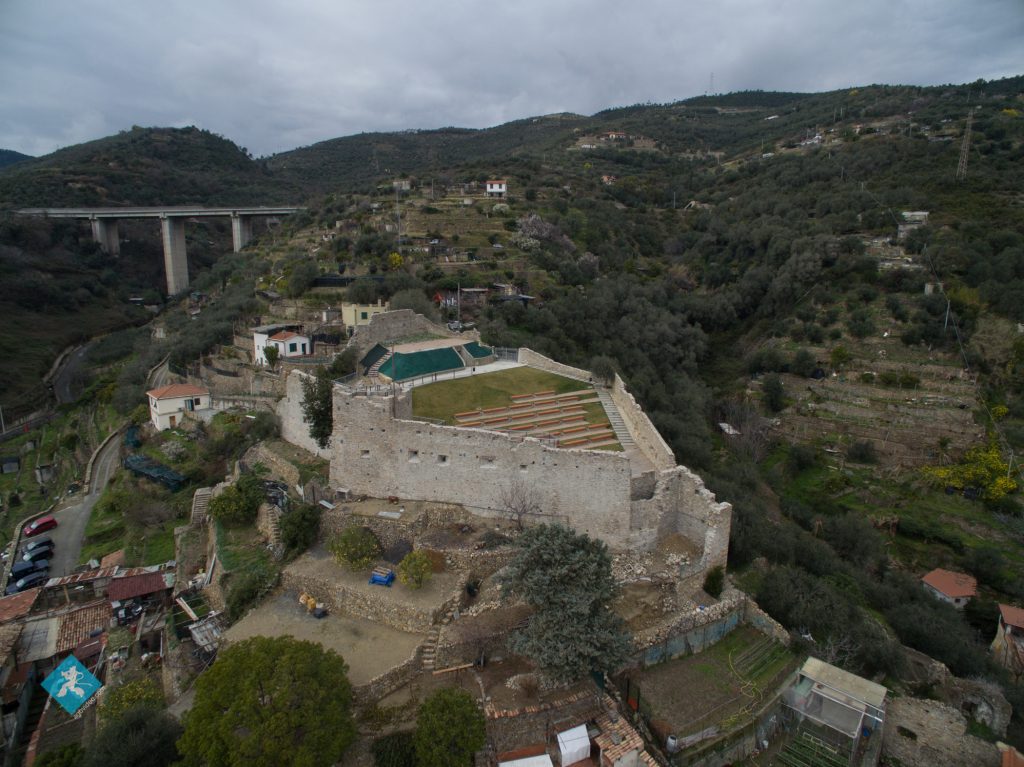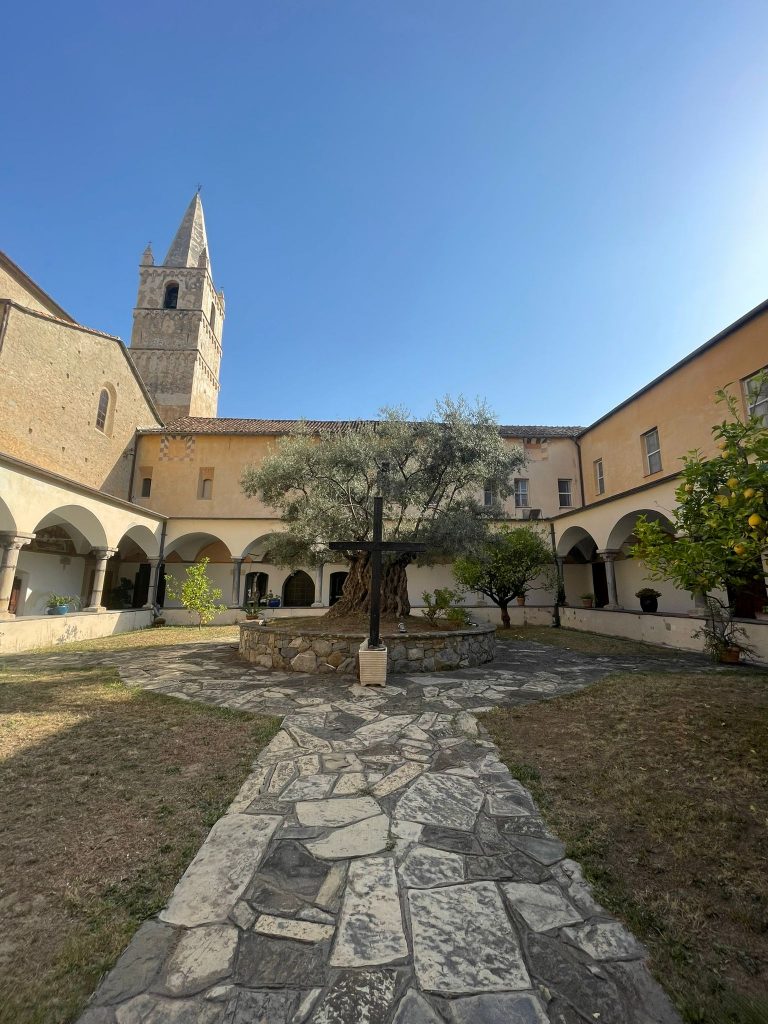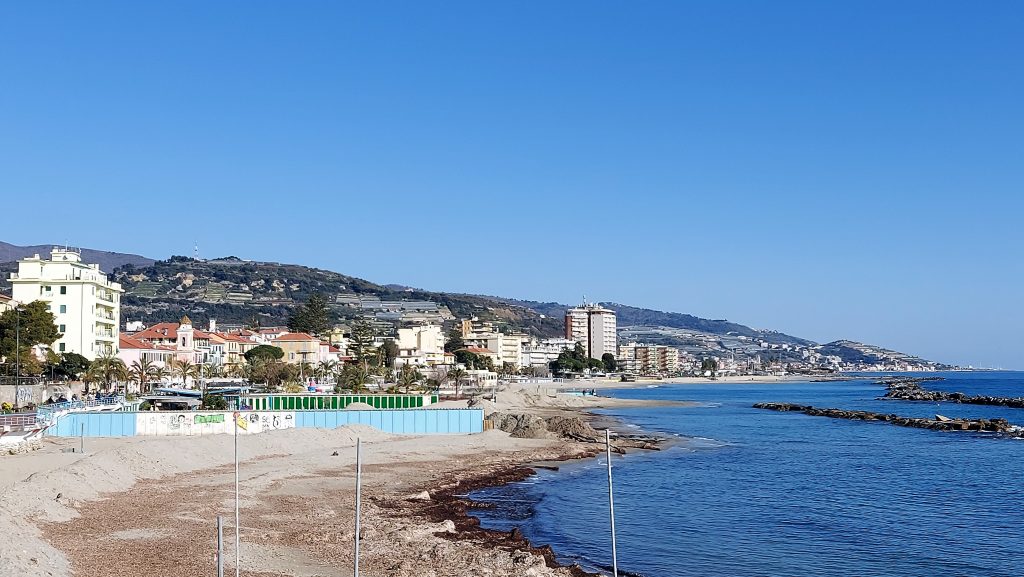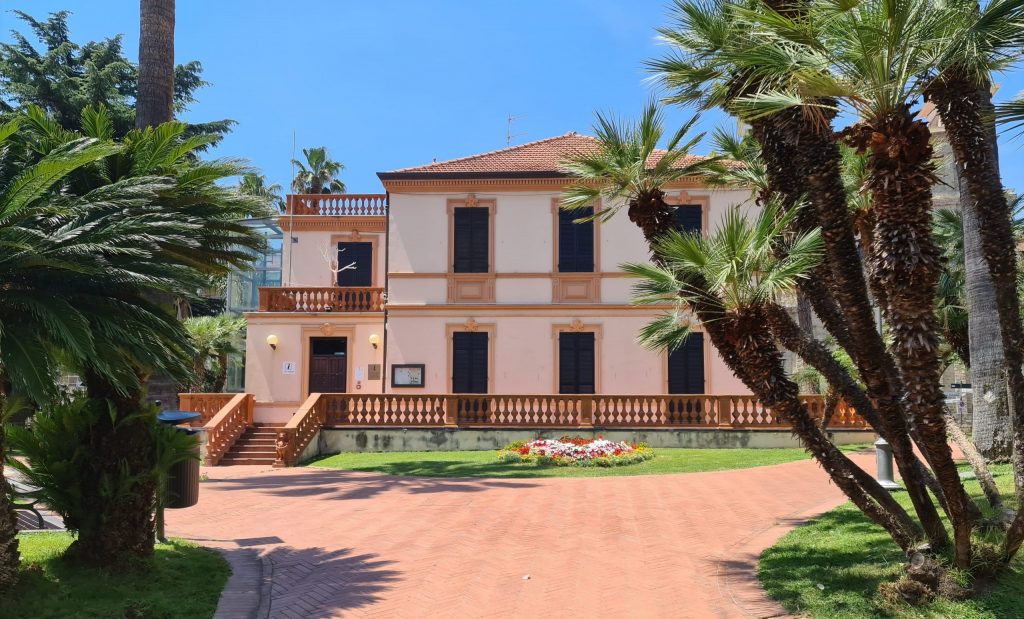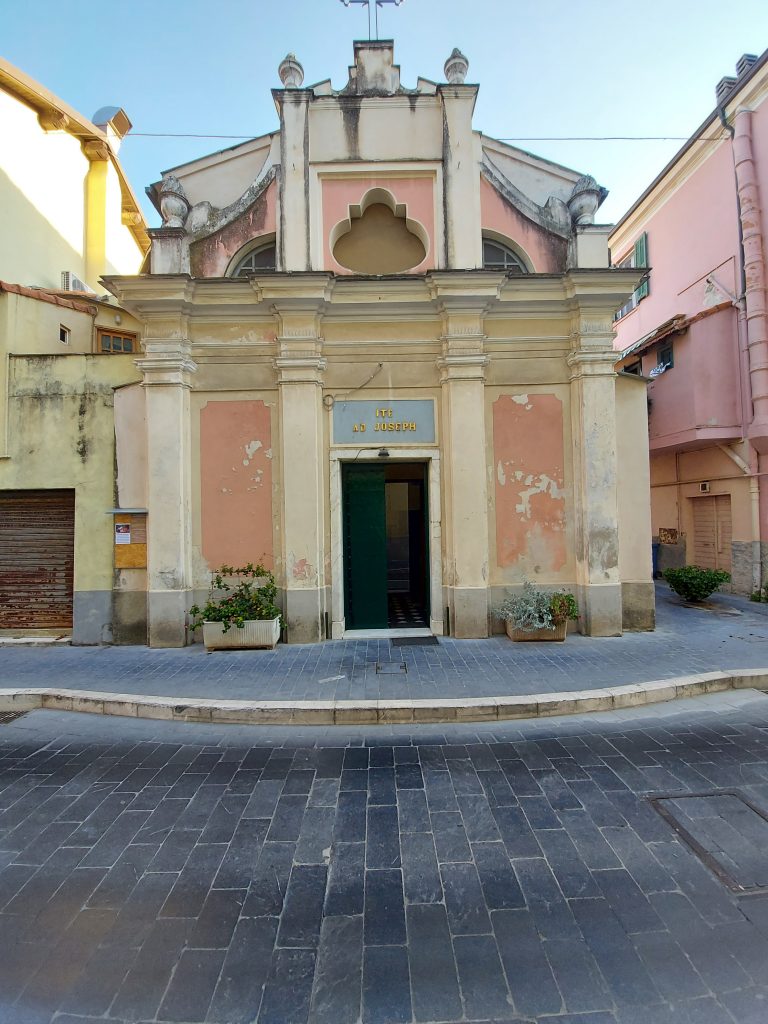A journey through time, from the hinterland to the sea
The medieval village rich in history and traditions
From a seaside outpost to a tourist town
The Municipality of Taggia is located along the Riviera dei Fiori, at the gates of the Argentina Valley. Located a few kilometres from Sanremo and the French Riviera, it boasts a mild climate, making it an attractive tourist destination all year round…
Il Ponte Antico
A tourist visit around the medieval village of Taggia should never be lacking a walk on the ancient bridge. You’ll have the possibility of walking on the same river pebbles on which a thousand women, men and animals have walked on in the past. You could get comfortable on the peculiar stone seats and enjoy the panorama, facing the hills or the valley, while hearing the water from the Argentina’s stream flowing underneath you…
Villa Curlo
A building of great historical relevance, it belonged to one of the wealthiest families of the town and was the location where Guelphs and Ghibellines signed their social peace. It is a suburban villa from the modern age (XIII century) with a chapel and a park. The side facing the hinterland is rich and filled with windows, and particularly in the frieze appears the writing “Villa Ponte”, with which the building is traditionally identified…
Madonna del Canneto
Retracing our steps on the ancient bridge, after a brief stretch along the Argentina riverbank towards the north, we can take Salita S. Cristoforo, at the end of which we arrive at the church of Madonna del Canneto, slightly on the left on the way up, after S. Dalmazzo street. The story behind this architectural and historical complex is revealed to us thanks to a series of documents, that however do not clarify the obscure point of the building phase…
Santa Caterina
The presence of two significant feminine convents of Carmelitan and Dominican nuns here in Taggia, built in the first half of the XVIII century, helps us understand the involvement of the families with greater prominence in the social scale. The possibility for the unmarried daughters to take the veil, or to educate the young generation of girls, was seen as a social investment of considerable importance. ..
Santa Teresa
The second great feminine convent in Taggia is the church of Santa Teresa: on San Dalmazzo’r street there’s the ancient body of the building, surely a civil residence transformed in a monastic one. To reach the site one must travel the alley that from San Dalmazzo’s street splits at the Barbarasa’s door and goes up along the profile of the convent…
Oratorio Santi Fabiano e Sebastiano
The church entitled to the Saints Fabiano and Sebastiano, headquarters to the Whites, was built in 1454 and later expanded, decorated and restored in the following centuries…
Oratorio della Santa Trinità
Parish of Miraculous Virgin Mary of Taggia, collegiate minor church of saints’ apostles Giacomo and Filippo. The parish of Miraculous Virgin Mary, officially known as the parish church of Saints Apostles Giacomo and Filippo, is the result of a deep upgrade work on an ancient Medieval site, in the seventeenth century…
Parrocchia della Madonna Miracolosa
Parrocchia della Madonna Miracolosa di Taggia, chiesa Collegiata Basilica minore dei Santi Apostoli Giacomo e Filippo…
Castello Mura e Bastioni
We are between the ninth and the e10th century, a period in which the pirates’ assaults are very frequent. In the months of May and October, the population feels a sense of insecurity and fear. The pirates could arrive at any given moment and raid the village, kidnapping men and women to make them slaves. But one day it doesn’t go well for the pirates…
Convento di San Domenico
We are at the beginning of the fifteenth century, and we can breathe a strong religious involvement atmosphere in the working class. Particularly, Taggia distinguishes itself for its partnerships, even if it remains without adequate conventual structures.
The right chance to fix that comes with the arrival of Dominican Father Cristoforo from Milan in 1459…
Arma di Taggia
In the district of Taggia is included the town of Arma di Taggia. For years, on and off, there were conversations about the independence of Arma di Taggia, the naming which linked it to the district and, last but not least, the matter of the numerousness of the population, and the income production. For a person born in Arma, being mistaken from Taggia, could have even been a little offensive…
Villa Boselli
In the heart of Arma we can find the beautiful Villa Boselli. Surrounded by a precious little park that still preserves some specimen of exotic plants gifted by Sir Thomas Hanbury to the Boselli’s family. The Villa was brough as a dowry from the young Amelia Piacenza Curlo, for the marriage with Silvio Boselli…
Chiesa di San Giuseppe
The church of San Giuseppe, located in the maritime village of Arma di Taggia, saw the light for the first time during the first years of the nineteenth century, and it was born from the need of the inhabitants to have their own parish. Still to this day the building is considered a symbol for the community of Arma, and an important part of the religious tradition of the place is linked to it…






